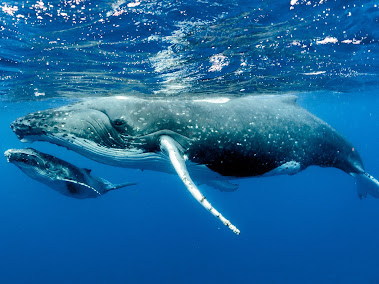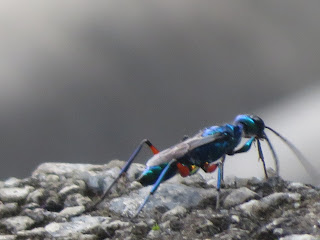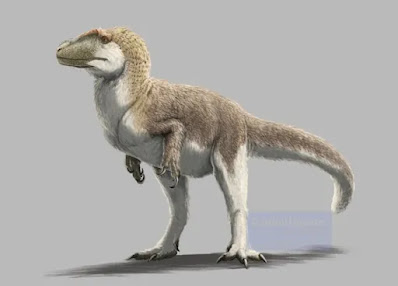The Evolution of Whales - A Story of an Animal Missing the Ocean
 |
| Picture source : https://edition.cnn.com/2021/03/05/us/whales-dolphins-cancer-resistance-study-scn-trnd/index.html |
Introduction
I'm sure we all know what whales are, yes? The (mostly huge) ocean-dwelling mammals. Well, they weren't always this way, in fact whales were actually first land-based.
And I am going to explain that right now, The Evolution of Whales.
When Mammals Became Rulers
As I said at the end of my How The Non-Avian Dinosaurs Went Extinct post, after the Dinosaurs' domination, mammals diversified and evolved. They became bigger and bigger and more specialized.
 |
| Picture source : https://www.omise.co/the-evolution-of-whales-and-software |
As you may see in the picture above, mammals were mostly small in the first picture. They became bigger, and ancestors of the whales looked quite dog like.
In the case of the ancestors whales, animals like Pakicetus eventually took to the water to escape predators and also to eat their favored food.
In this way, Pakicetus evolved to have webbed feet and animals like Maiacetus, having webbed feet. These webbed feet became fins with animals like Gorgiacetus.
Actually, Hippos evolved from the same ancestors of whales, the land ungulates.
Filter-Feeding in Whales
Till this point, whales still had teeth, like the modern-day sperm whales.
But 23-25 million years ago, the first baleen whales appeared. The first baleen whale in the fossil record is Toipahautea waitaki.
This was a very big part in whale evolution as it is what most whales do today to feed.
Becoming Giants
Whales weren't always gigantic like they are now. But they did slowly get bigger and bigger. And then we got the Blue Whale. The largest Animal on Earth.
Conclusion
Whales are fascinating animals and their evolution is even more fascinating.



Thinking about whales' evolutionary journey from land to sea is fascinating. These majestic creatures, once terrestrial mammals, gradually adapted to aquatic life over millions of years. Accounting Assignment Help in UK However, remnants of their land-dwelling ancestors can still be seen in their skeletal structure and even their occasional need to surface for air. It's a testament to the incredible adaptability of life on Earth and the profound changes that can occur over time.
ReplyDelete